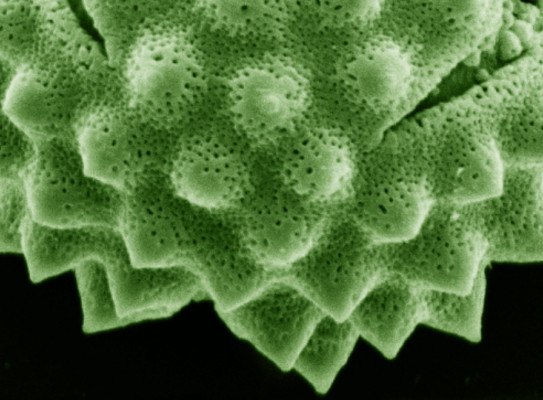“Our new results fill a gap in our understanding of New Zealand climate during the elevated carbon dioxide conditions of the middle Miocene [15 million years ago], and how the climate subsequently cooled,” Dr Prebble said.
Their record shows a close coupling of New Zealand temperature with changes in Antarctic climate, particularly after the Antarctic ice sheet enlarged substantially about 14 million years ago.
Before 14 million years ago, a time interval known as the “Miocene Climatic Optimum”, mean annual temperatures in New Zealand ranged between 18oC in the south and 21oC in the north.
For comparison, modern mean annual temperatures in New Zealand range between 10oC and 16oC. The elevated temperatures in the Miocene occurred when the New Zealand landmass was further south than today.
During the Miocene, the islands of New Zealand were further south; between the latitudes of Christchurch and Campbell Island.
The pollen samples used for this work were taken from a publically accessible national database of New Zealand fossils and represent observations made by many scientists.
“This database of fossil observations is a really essential resource to help us answer a range of questions about New Zealand’s natural history,” Dr Prebble said.
“As well as helping us to understand past climate, it is an essential tool for assessing the age of rocks during exploration for minerals and petroleum, and for understanding the evolution of our unique plants and animals.”



